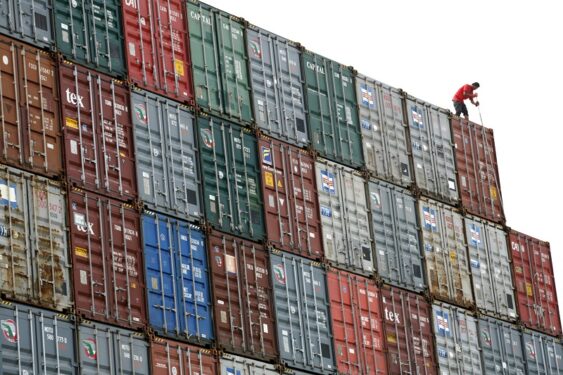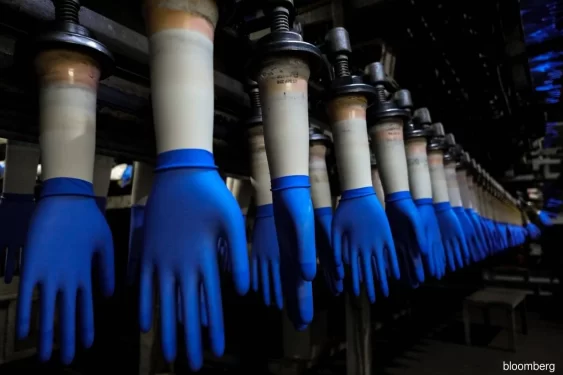AS Asean countries are progressively updating their electric vehicle (EV) roadmaps, both Malaysia and the Philippines have emerged as two laggards in terms of adoption among their regional peers.
While it is understood that Malaysia is in the midst of formulating its EV policy, the Philippine’s EV roadmap still lacks clarity and direction, according to Maybank IB Research.
“Singapore remains in the forefront as the most forward-looking and the fastest to embrace e-mobility,” wrote analyst Liaw Thong Jung in an automotive sector update.
“Thailand is accelerating its EV adoption, by bringing forward its projections (production and domestic use) five years earlier with the aim to be the ASEAN EV hub by 2025.”
Meanwhile, Indonesia has a clear EV policy and is pro-EV foreign direct investment (FDI). It has the largest nickel reserves in the world, a key raw material used to manufacture batteries.
“Brunei, too, has recently unveiled its EV policy, setting targets to have 60% of its sales be electric by 2035,” revealed Liaw.
“In Vietnam, Vinfast which is the country’s EV flagship manufacturer (scooter, bus, vehicles manufacturing) is set to embark on exporting its models worldwide.”
Based on its analysis, Maybank IB Research expects (i) EV’s penetration rate (currently at an embryonic stage of 4%) to super-charge at a growth rate of five times to 20% by 2025; (ii) EV-to-ICEV (internal combustion engine vehicle) sales to reach parity (1:1) by 2030; and (iii) EVs to outsell ICEVs from 2035.
“The EV adoption could accelerate as (i) total cost of ownership (TCO) for EVs fall over time due to technological breakthrough and rising economies of scale, (ii) EV infrastructure expands; and (iii) the millennial generation adopts EVs.
Prospect-wise, Maybank IB Research foresees a greater EV adoption at the two-wheeler (2W) segment in the ASEAN market for it already has a ready-made commercial solution, ie smart batteries (swaps & share) and infrastructure.
Moreover, it is easily deployed and capable of addressing range anxiety issues, charging infrastructure availability and upfront capital cost concerns.
The 2W and 4W market share in ASEAN which has a population of 673 million people (9% of global population) is 220 million units and 40 million units respectively.
“This would appeal to the mass market, especially those in the rural areas,” justified the research house.
“Meanwhile, ASEAN should look at China and pure-EV companies for EV opportunities/partnership/investment and pursue green technology/projects (hydrogen) at the same time.” – March 31, 2021










